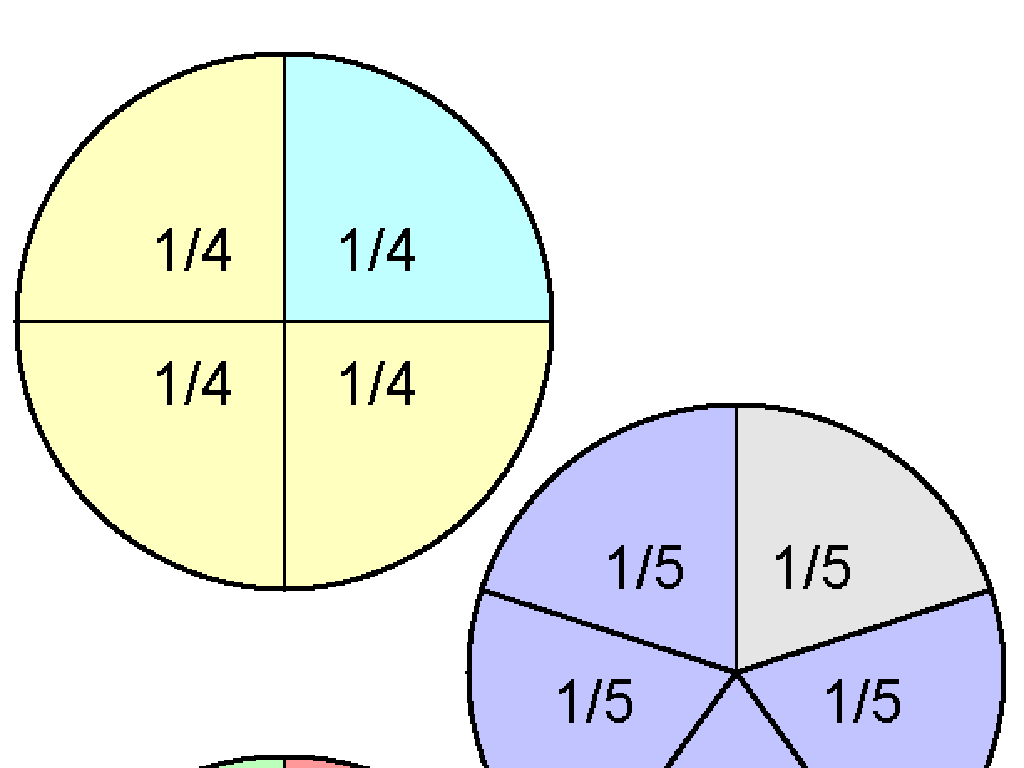Break Apart A One-Digit Number To Subtract
Subject: Math
Grade: Second grade
Topic: Subtraction Strategies: Two Digits
Please LOG IN to download the presentation. Access is available to registered users only.
View More Content
Subtraction Strategies: Breaking Apart Numbers
– Learn a new subtraction method
– What does ‘break apart’ mean?
– Splitting a number into parts to subtract easily
– Why use ‘break apart’ strategy
– Makes large subtraction simpler
– Examples of breaking apart
– 13 – 4 becomes 10 – 4 + 3 – 0
|
Today’s lesson introduces a new subtraction strategy called ‘break apart.’ This method involves splitting a one-digit number into parts that are easier to subtract from a two-digit number. For example, when subtracting 4 from 13, we can break apart the 13 into 10 and 3, then subtract 4 from 10, which is easier, and add the 3 back in. This strategy helps simplify the subtraction process by working with round numbers and makes it more manageable for second graders to understand and solve subtraction problems. Encourage students to practice this method with different numbers and provide several examples to ensure they grasp the concept. The goal is for students to become comfortable with breaking apart numbers to make subtraction less intimidating.
Understanding Subtraction
– Subtraction means taking away
– It shows how many are left
– Example with apples
– Start with 5 apples, eat 2, count what’s left
– Practice with your own items
– Try subtracting items like toys or crayons at home
|
This slide introduces the basic concept of subtraction to second graders. Subtraction is explained as the process of taking away from a total amount, which helps us figure out the remaining quantity. Use everyday examples, such as eating a certain number of apples from a group, to illustrate this point. Encourage students to practice by subtracting items they commonly interact with, like toys or crayons, to reinforce the concept. During the next class, ask students to share their own examples of subtraction they’ve encountered outside of school to create a personal connection with the material.
Subtraction Vocabulary
– Minuend: Starting number
If we have 9 apples and eat 2, we start with 9.
– Subtrahend: Number taken away
From our 9 apples, we take away 2 apples.
– Difference: Result of subtraction
After eating 2, we have 7 apples left – that’s the difference.
– Breaking apart to subtract
We can take 1 from 9 and then 1 more to subtract 2.
|
This slide introduces the basic vocabulary of subtraction for second graders. The minuend is the total amount we begin with before subtracting. The subtrahend is the amount that is to be taken away from the minuend. The difference is the result we get after performing the subtraction. To help students understand the concept of ‘breaking apart’ a number to subtract, use simple, relatable examples such as subtracting small quantities of items like apples. This method involves taking away parts of the subtrahend from the minuend in steps, which can make it easier for young students to grasp the subtraction process. Encourage students to practice this technique with various numbers to build their confidence.
Breaking Apart Numbers to Subtract
– What does ‘breaking apart’ mean?
– Splitting a number into smaller parts
– Making subtraction simpler
– Use parts to subtract from larger numbers
– Example: Break apart the number 7
– 7 becomes 5 and 2 to subtract from another number
– Practice with different numbers
|
This slide introduces the concept of ‘breaking apart’ numbers as a strategy to simplify subtraction. Explain that breaking apart is like dividing a number into smaller, more manageable pieces. Use the example of breaking apart the number 7 into 5 and 2 to demonstrate how this can make mental subtraction easier. For instance, if we need to subtract 7 from 9, we can take away 5 (to get 4) and then 2 more to get 2. Encourage students to practice this technique with different numbers and provide several examples for them to work through. This will help them become more comfortable with the concept and improve their mental math skills.
Subtraction with Break Apart Strategy
– Start with 15 – 7
– Break 7 into 5 and 2
– 7 is the same as 5 + 2
– First subtract 5 from 15
– 15 – 5 equals 10
– Then subtract 2 from what’s left
– Now take 10 – 2 to get 8
|
This slide introduces the break apart strategy for subtraction, which is a useful tool for second graders to simplify their calculations. Begin by presenting the problem 15 – 7. Explain that breaking apart the smaller number (7) into parts that are easier to subtract from the larger number (15) can make the problem simpler. In this case, 7 is broken into 5 and 2 because 5 is a friendly number to subtract from 15. After subtracting 5 to get 10, it’s easier to subtract the remaining 2 to arrive at the final answer of 8. Encourage students to practice this strategy with different numbers and to share their methods with the class. This will help them to become more comfortable with subtraction and to understand the concept of breaking numbers apart to make calculations easier.
Practice Time: Breaking Apart Numbers
– Let’s practice with 23 – 9
– Break apart the number 9
– Think of 9 as 3 + 6 and subtract from 23
– Remember to subtract step by step
– First, subtract 3 to get 20, then subtract 6
– Share your answers with the class
|
This slide is for a class activity where students will practice the strategy of breaking apart numbers to subtract. The example provided is 23 – 9. Guide the students to break apart the number 9 into two parts that are easier to subtract, such as 3 and 6. Then, they will subtract in two steps: first subtracting 3 from 23 to make an easier problem, 20 – 6, and then subtracting 6 from 20 to find the final answer. Encourage students to share their answers and methods with the class to foster a collaborative learning environment. Provide additional examples if time allows, and support students as they work through the steps.
Breaking Apart Numbers to Subtract
– Subtraction: Taking one number from another
– Breaking apart: Splitting a number into parts
– Like 9 into 5 and 4 to subtract from a number
– Why break apart numbers?
– Makes subtraction easier to understand
– Practice with examples
– Try 14 – 9 by breaking 9 into 5 and 4
|
This slide is aimed at reinforcing the concept of subtraction and introducing the break apart strategy to second graders. Begin by reviewing what subtraction means, emphasizing that it involves taking away one number from another. Then, explain how to break apart a number into smaller, more manageable parts, which can simplify the subtraction process. For example, breaking apart the number 9 into 5 and 4 can make it easier to subtract from a two-digit number like 14. Encourage students to use this strategy by practicing with different examples and explaining their thought process. This will help them grasp the concept of subtraction more concretely and build their confidence in solving math problems.
Class Activity: Break It Down!
– Receive a subtraction worksheet
– Use break apart strategy
– Split one-digit numbers into parts to subtract easily
– Pair up and collaborate
– Help each other solve problems
– Share strategies and check answers together
|
This activity is designed to help students understand the concept of breaking apart one-digit numbers to simplify subtraction problems. Provide each student with a worksheet containing various subtraction problems. Explain the break apart strategy, where they split one-digit numbers into parts that are easier to subtract. Encourage students to work in pairs to foster collaboration and peer learning. As they work through the problems, they should discuss their strategies and help each other understand the process. Possible activities could include subtracting using number lines, using physical objects to represent the numbers, or drawing pictorial representations of the problems. The goal is for students to become comfortable with the break apart strategy and to recognize its usefulness in solving subtraction problems.
Subtraction Success: Keep Practicing!
– Congratulations on learning to subtract!
– Practice the strategy at home
– Try breaking apart numbers to subtract
– More subtraction strategies ahead
– Get ready for more math fun next class
– Keep up the great work!
|
This slide is meant to congratulate the students on their hard work learning how to break apart one-digit numbers to subtract. Encourage them to continue practicing this strategy at home to become more confident in their subtraction skills. Let them know that their math journey is ongoing and that there will be more exciting strategies to learn in future lessons. Provide some example problems for them to work on at home and remind them of the importance of practice in mastering new concepts. Celebrate their progress so far and build anticipation for the next class.






